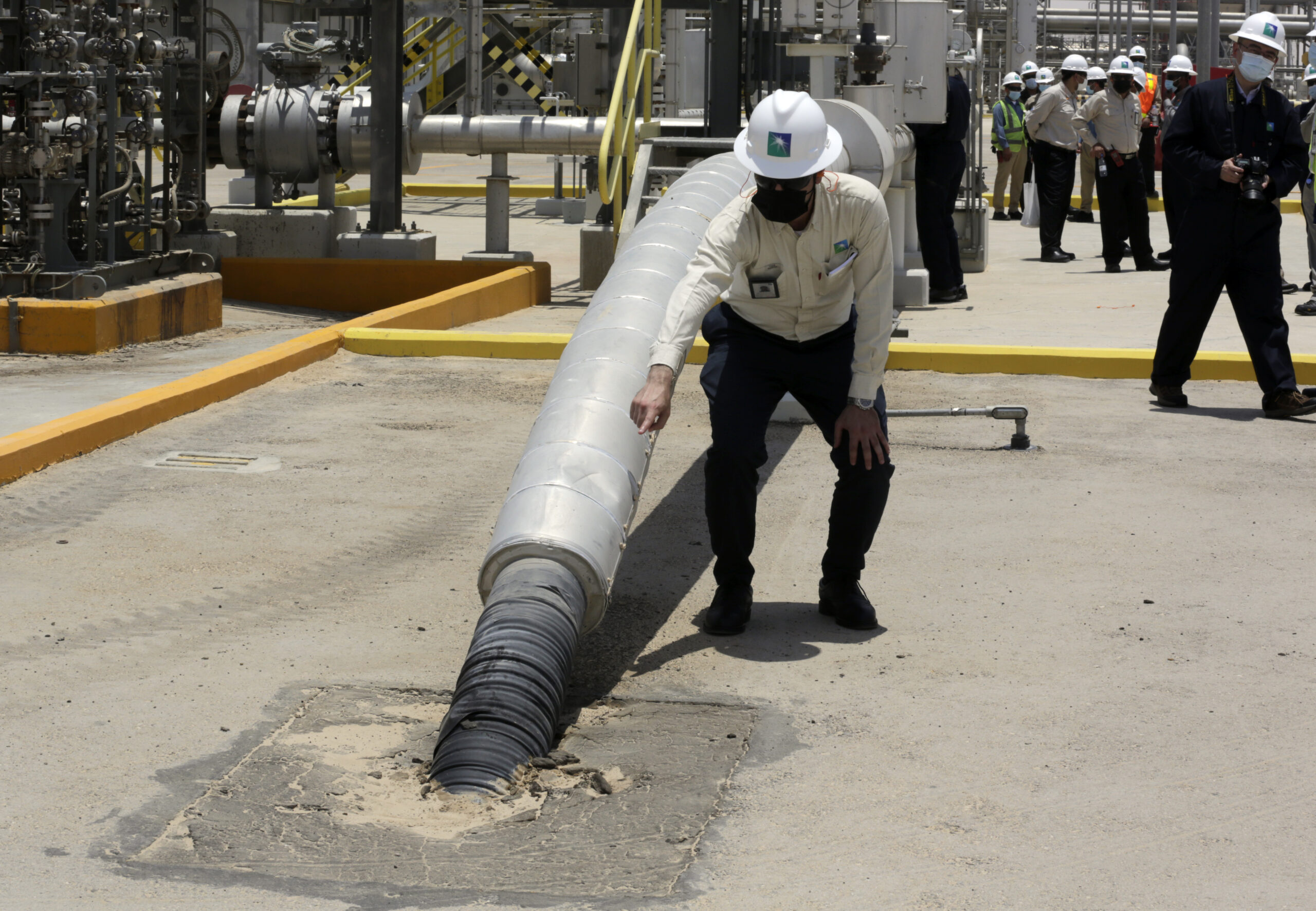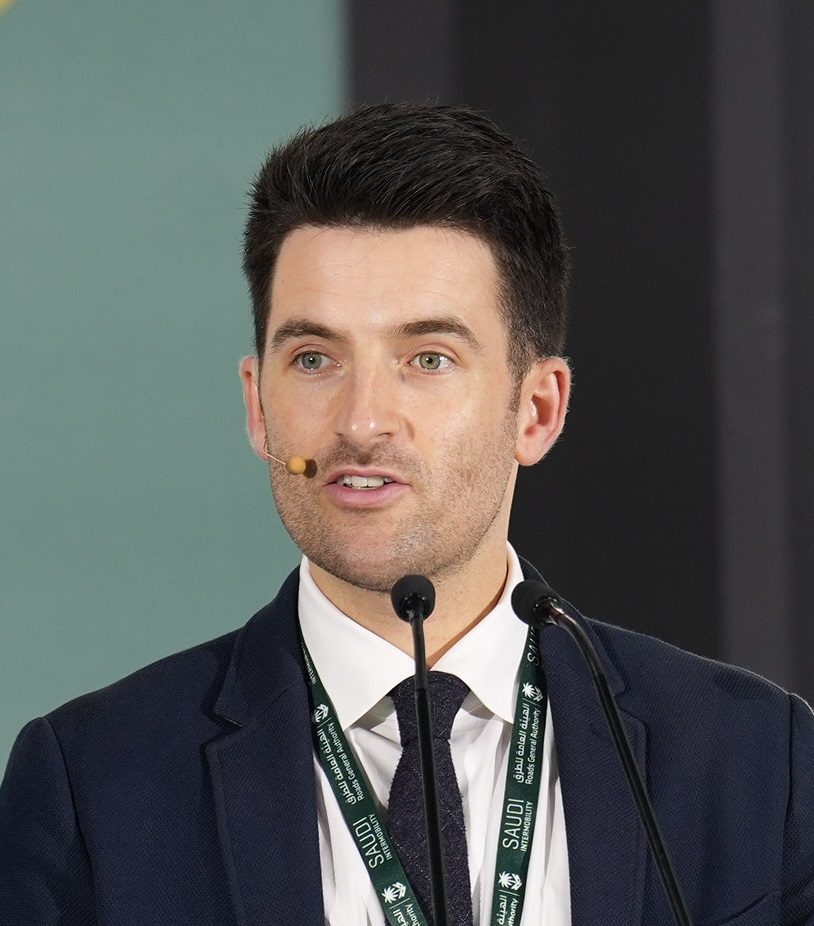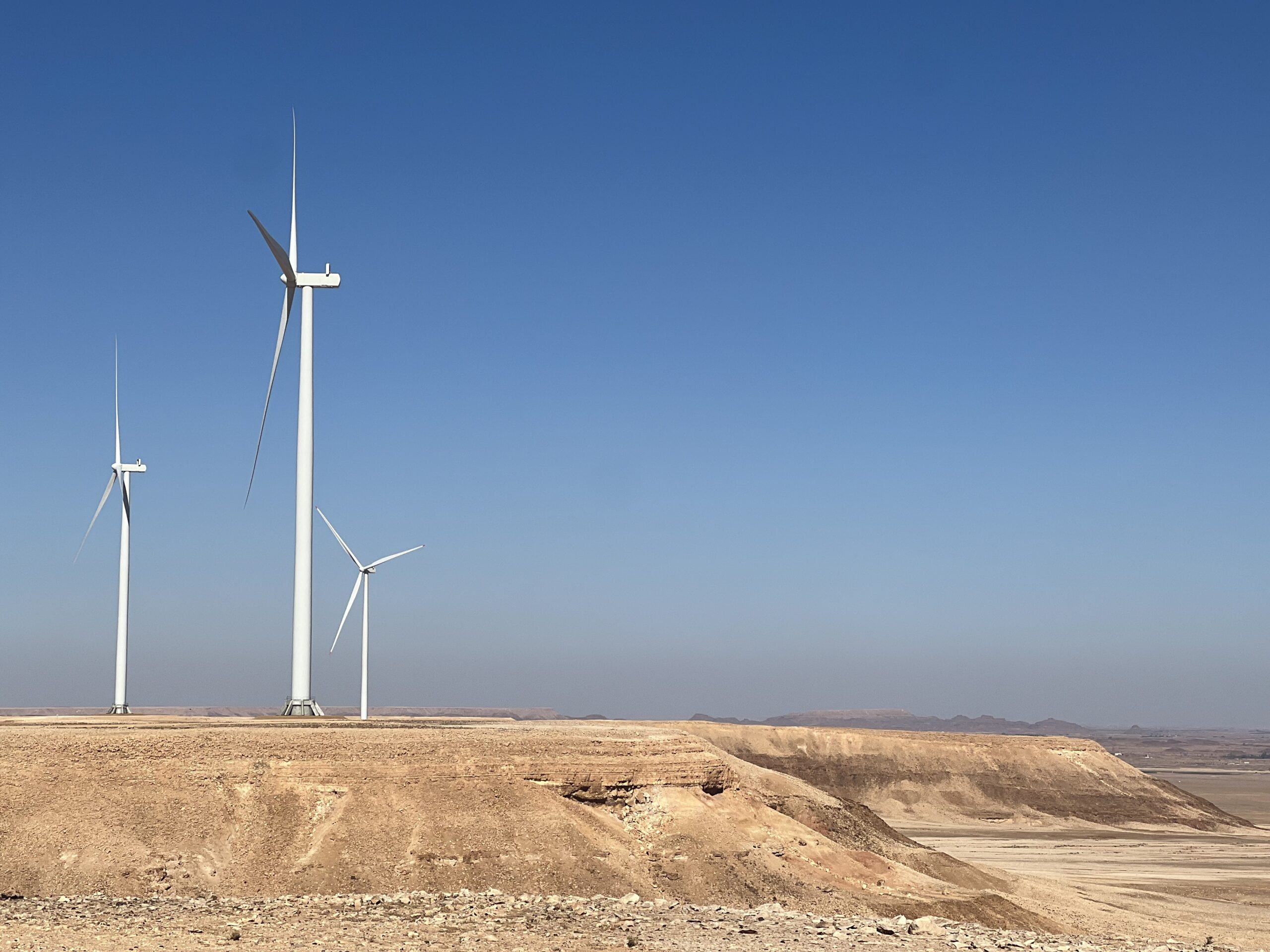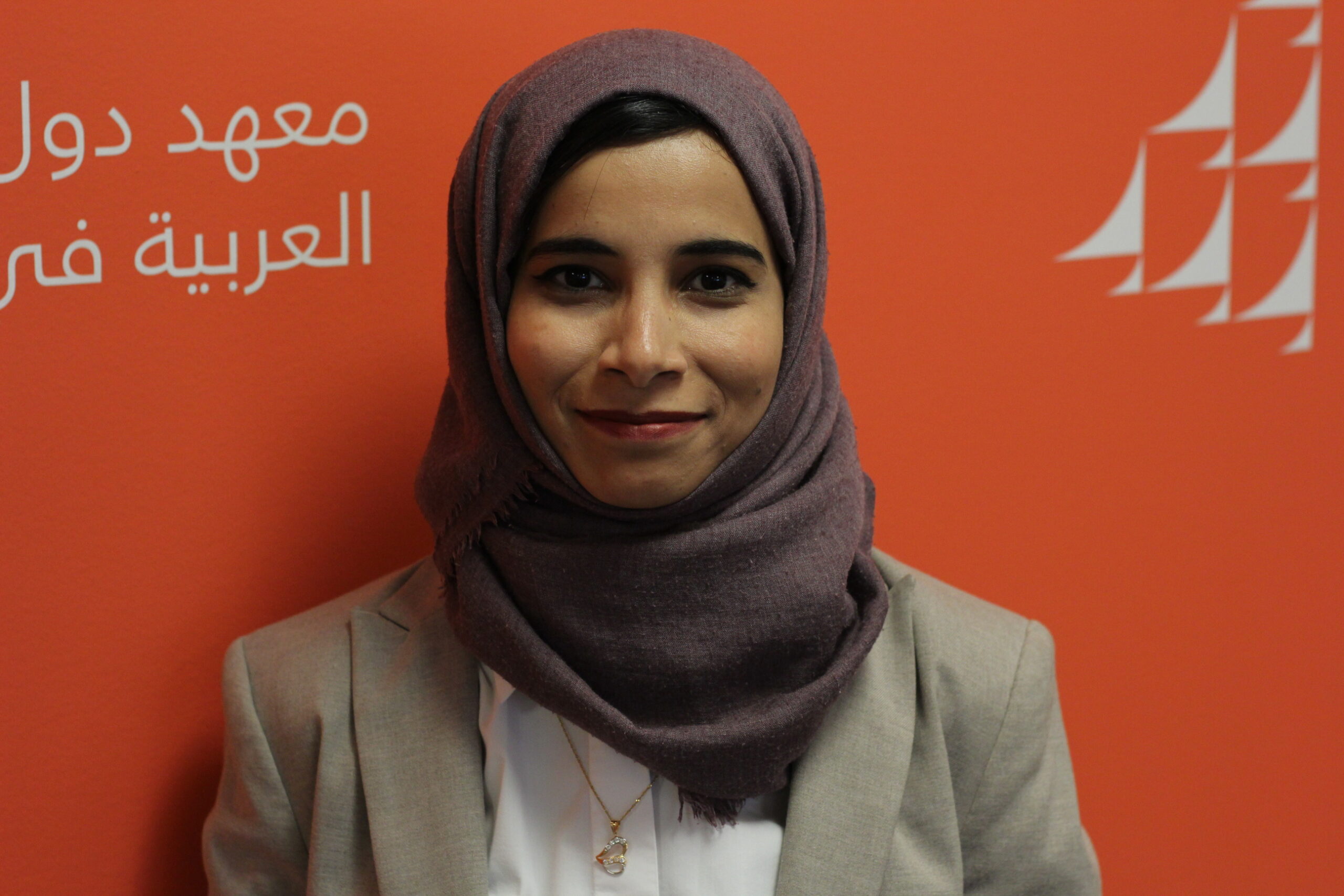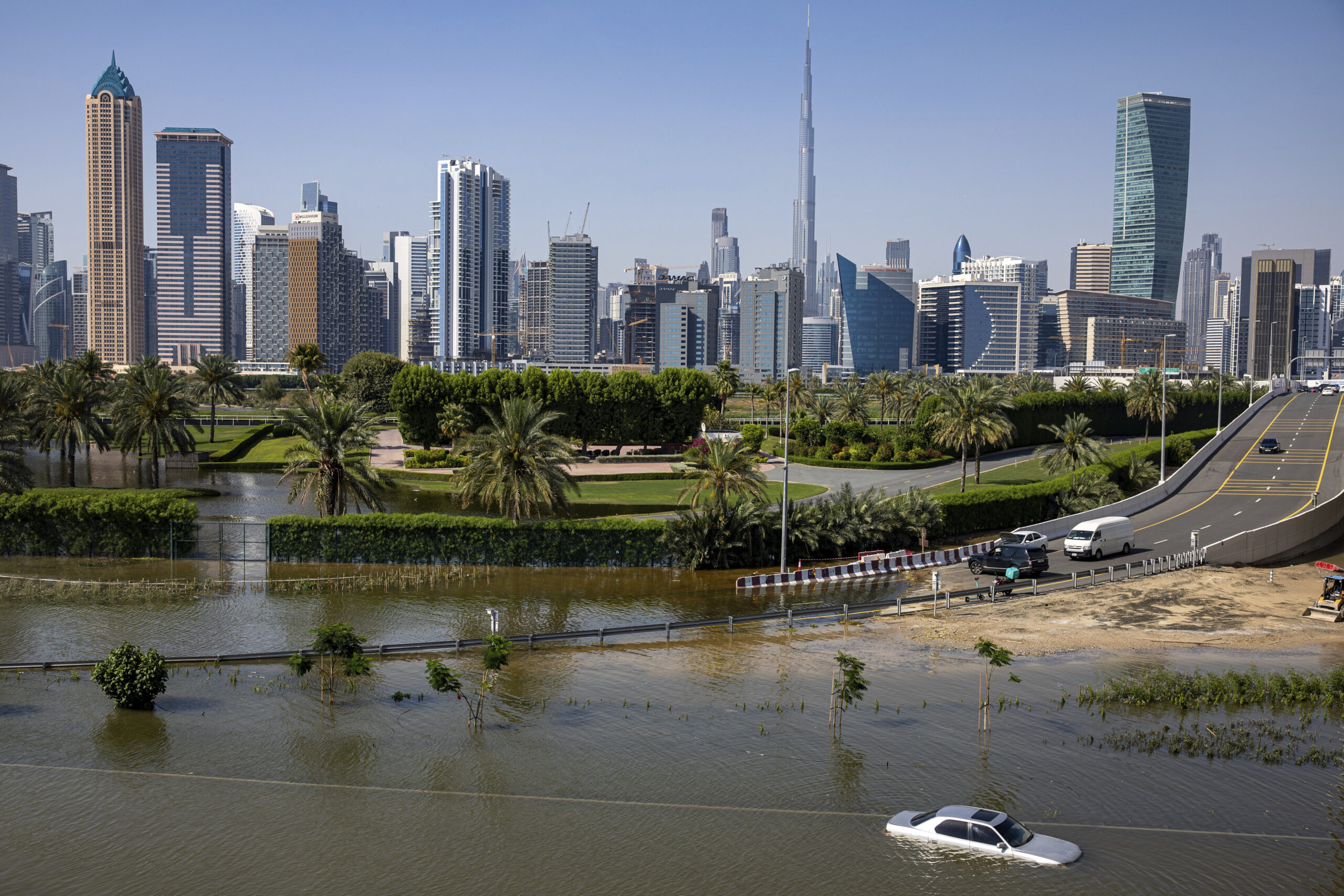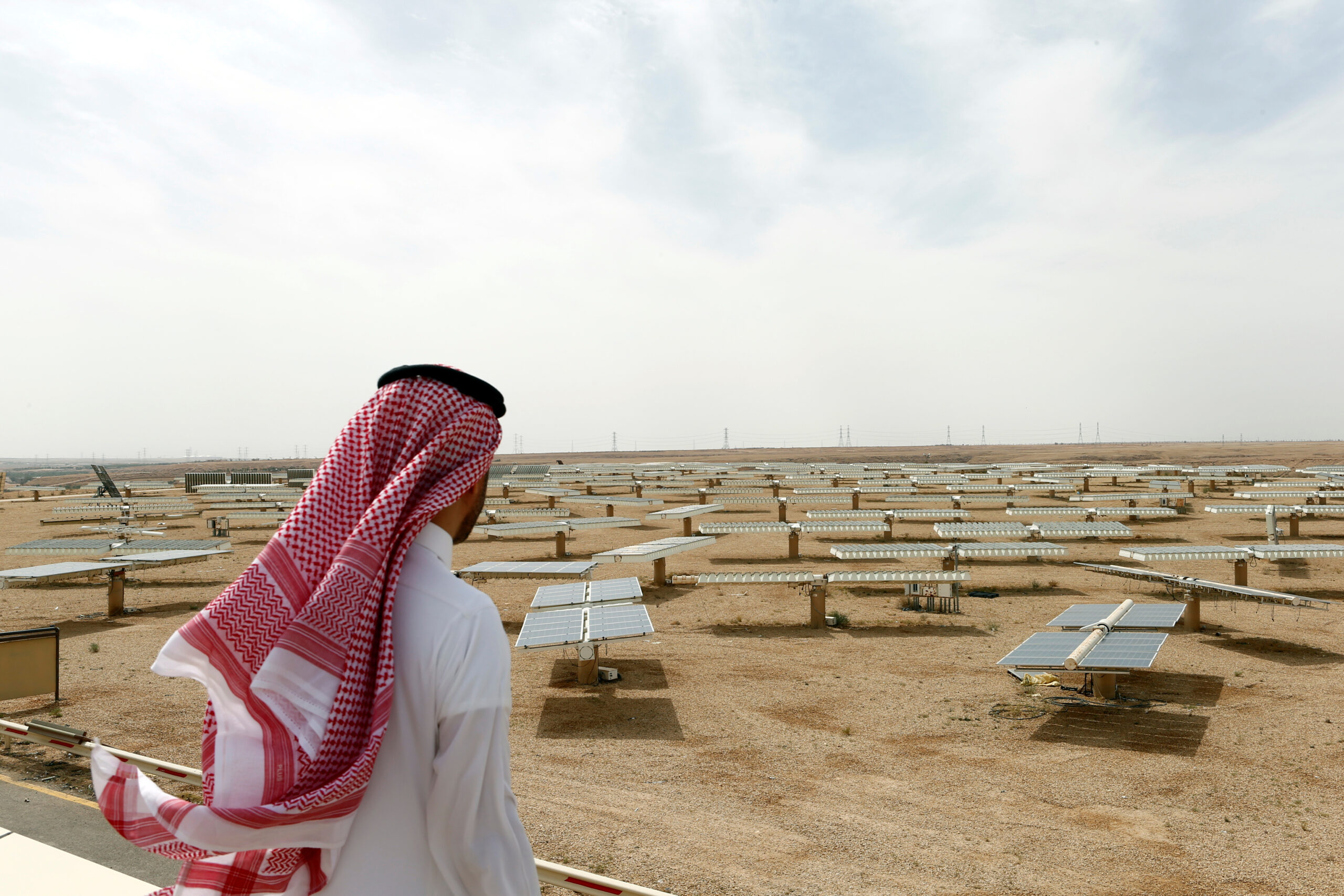The Gulf’s ESG Rules Are Redefining Risk
The Gulf’s environmental, social, and governance regulation transformation is not only reshaping compliance, it is redefining risk.

A decade ago, environmental, social, and governance, or ESG, efforts in the Gulf were largely a branding exercise. Companies highlighted renewables projects or philanthropic initiatives, but disclosure requirements were minimal, and investors had little visibility into climate or governance risks. Even five years ago, sustainability reporting was fragmented, with frameworks treated as voluntary guidance rather than binding obligations.
That picture has changed rapidly. Regulators across the Gulf have shifted from soft encouragement to hard compliance, embedding sustainability into financial systems and turning ESG from a communications tool into a determinant of financing terms. Stock exchanges are mandating ESG reporting, regulators are aligning disclosure with international standards, and climate laws are beginning to define how capital is raised and deployed.
In the United Arab Emirates, a federal climate law establishing a national carbon credit registry with immediate compliance requirements for major emitters came into force May 30. By August, the Securities and Commodities Authority was developing rules for carbon-credit trading platforms while maintaining fee exemptions for issuers of green bonds and sukuk, or Islamic bonds. These measures strengthen governance and incentivize sustainable finance by embedding ESG standards into the country’s financial architecture.
Qatar followed in June. The Qatar Financial Centre Regulatory Authority converted its sustainability reporting guidance into binding rules aligned with international standards. The change compels financial institutions and listed firms to adopt structured disclosure systems, marking a clear break from voluntary reporting. Oman has taken a similar path. The Muscat Stock Exchange mandated ESG reporting for listed companies mid-June and convened a workshop with the International Sustainability Standards Board to accelerate adoption. Within weeks, sustainability metrics went from optional to compulsory, forcing boards and auditors to integrate ESG key performance indicators into governance cycles. Saudi Arabia added another building block in May, when the Capital Market Authority approved guidelines for issuing green, social, sustainability, and sustainability-linked debt. The framework standardizes issuance and reporting for labeled sukuk and bonds, reducing ambiguity and widening the investor base.
Taken together, these changes mark a decisive regulatory pivot. Gulf companies are no longer simply encouraged to consider ESG standards; they are now compelled to integrate them into financing and governance. These regional developments also mirror global trends. In July, the International Sustainability Standards Board updated its industry guidance to facilitate adoption, while the European Commission adopted amendments to the corporate sustainability reporting directive without diluting its extraterritorial scope. Gulf companies with European exposure will therefore need to align with the European sustainability reporting standards, and early movers will have a smoother path to European capital. Rather than lagging, Gulf regulators are positioning their markets to remain investable in a world where ESG compliance is increasingly priced into risk assessments.
The impact on capital flows is already visible. In May, the UAE’s clean energy developer Masdar raised $1 billion in a green bond that was more than six times oversubscribed, lifting its total program to $2.75 billion. This level of demand contrasts sharply with a global slowdown in labeled bond issuance and highlights a key point: Credible ESG frameworks attract capital even in weaker markets. For Saudi issuers, the Capital Market Authority’s guidance on labeled debt promises to broaden demand for transition-aligned sukuk and bonds, particularly in utilities, infrastructure, and real estate. As frameworks mature, Gulf debt markets are likely to gain increasing appetite for well-structured sustainable instruments.
In the UAE, regulators are drafting rules for carbon-credit trading venues. This is a prerequisite for bankable corporate participation and indicates that carbon trading is moving from concept to market infrastructure. In Saudi Arabia, the voluntary carbon market has shifted from one-off auctions to long-term procurement. Enowa, the Neom utility subsidiary, and the Voluntary Carbon Market Company are targeting delivery of more than 30 million tons of credits by 2030. This transition from pilot projects to structured market rules is significant. Carbon credits are evolving into tradable, regulated assets that support long-term financing. The Gulf’s role as a hub for high-integrity issuance and trading is set to expand, particularly as global aviation obligations under the carbon offsetting and reduction scheme for international aviation tighten and demand for eligible credits accelerates.
For investors, new avenues are beginning to take shape across the region. Labeled debt issuance under Saudi and Emirati frameworks is opening opportunities in transition-aligned fixed income, while the development of carbon market infrastructure, including exchanges and verification services, is becoming increasingly investable as regulations mature. Regional funds, notably Abu Dhabi’s Alterra climate investment platform, are also attracting global managers and underwriters, reinforcing the emirate’s role as a hub for sustainable finance. With clear rules, credible issuers, and rising demand, Gulf ESG assets are well positioned to outperform broader global trends, particularly at a time when global labeled issuance has slowed.
The Gulf has crossed a threshold. The UAE has locked in climate governance and market rules, Qatar and Oman have made ESG reporting compulsory, and Saudi Arabia has standardized labeled issuance while scaling carbon demand. These moves are embedding ESG practices into the core of Gulf financial systems. For investors, this means risk is now being priced differently. ESG reporting is no longer optional or a matter of corporate branding; it has become a determinant of financing terms and market access. Recent evidence also suggests that stronger ESG reporting improves firm performance in the Gulf, particularly when supported by robust climate governance structures. The region now offers clearer regulatory signals, more credible frameworks, and an expanding range of transition-linked instruments across infrastructure, corporate decarbonization, and the carbon value chain. The Gulf’s ESG transformation is not only reshaping compliance; it is redefining risk.
The views represented herein are the author's or speaker's own and do not necessarily reflect the views of AGSI, its staff, or its board of directors.

